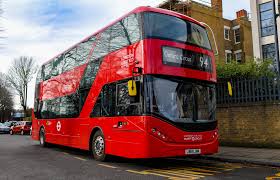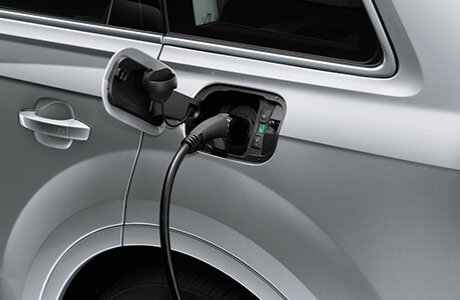
Eco-friendly driving and benefits of electric cars
Recycling and avoiding plastic products are easy ways to instantly reduce your environmental footprint, with many restaurants and bars even adopting paper straws for more eco-friendly operations. And global sales of electric vehicles (EVs) have increased 40% between 2019 and 2020, with charging stations tripling from 7,340 in 2014 to 25,313 in 2020. There will be many more to come, too, as the U.S. invests even more into electric vehicle expansion nationwide. If you want to become more friendly to the environment, driving might be a good place to start.
Eco-friendly driving
Our vehicles are one of the biggest detriments to the environment, with the burning of fossil fuels like gasoline and diesel releasing nitrogen gas and excess carbon dioxide (CO2) that warms the atmosphere and, in turn, disrupts the climate. It is estimated that greenhouse gas emissions from transportation alone are responsible for about 29% of total emissions, more than any other sector.
To help, there are some things that you can do to lower the amount of greenhouse gas emissions in your household.

Eco-driving tips
- Drive a car with good gas mileage. The United States Environmental Protection Agency (EPA) requires auto manufacturers to add a label displaying both the fuel economy and estimated fuel costs for all new cars and light trucks. This label also includes ratings that show a vehicle’s greenhouse gas and pollutants, helping you to find a make and model that is kind to the environment.
- Properly inflate your tires. Many drivers are surprised to find that tire pressure can affect gas emissions, but Sustainable America reports that low tire pressure wastes over 4 million gallons of gas each year.
- Change your oil regularly. Regular maintenance of your car can not only improve gas mileage by four percent but can also improve fuel efficiency by up to 40% with routine care.
- Replace filters. Your car’s air filters help keep your car running efficiently, so be sure to replace them regularly and keep your air conditioning on low (or put the windows down instead!) to prolong their life.
- Take the shortest route. Sometimes a longer route can save time due to traffic and other issues on the road, but the extra miles can take a toll on the environment over time, so try to combine errands into one single trip and find the shortest, most efficient route to get to your destination.
- Don’t speed. Speeding and aggressive driving can cost you up to 30% more in gas when you are on the highway, so instead, take it easy on the gas and avoid the brakes when possible.
- Activate cruise control. When you drive above 50 miles per hour, each additional five miles per hour costs an additional 18 cents per gallon (which means you are using more gas and emitting more pollution), but cruise control can help maintain a lower speed for you.

Alternate eco-friendly transportation
Not driving at all can help you reduce your carbon footprint. There are other ways that you can travel without using a personal vehicle:
- Public transportation: Public transportation provides an easy way for you to leave your car at home so you can take advantage of cheaper, more energy-efficient transportation for your commute.
- Carpool: Conserve Energy Future predicts that the average American spends about 18 days’ worth of carbon emissions on their annual commute, but if you were to share your commute with just four other people, you could collectively spare about 72 hours’ worth of carbon emissions with just one vehicle.
- Bicycle: The Institute for Transportation and Development Policy found in 2015 that biking to work or around town could result in 11% less total carbon emissions if just 20% of the world’s drivers used bikes instead by 2050.
- Electric bike or scooter: Electric bikes and scooters can be significantly faster when you live in the city and are plagued by downtown traffic. Suddenly, bike lanes, parks, and other routes become a viable option for an easy and quick commute that doesn’t harm the environment.
- Electric or Hybrid vehicle: Electric or hybrid vehicles may require a greater investment up front, but unlike electric bikes, they work for longer distances.

The benefits of electric cars
Electric and hybrid vehicles are quickly becoming more mainstream and not only provide a more eco-friendly way to travel but can be far more affordable, too.
Environmental benefits
- Reduced emissions: The average electric and hybrid vehicle produces lower tailpipe emissions than traditional automobiles. EVs and plug-in hybrid EVs use zero tailpipe emissions when they run only on electricity.
- Charging on renewable energy: Another way to live more eco-friendly is to avoid regular charging that can cause power plant emissions. Instead, you can ask your energy provider about switching to green power, which is a kind of electricity made from renewable sources that will still charge your vehicle.
- More energy-efficient: Gas vehicles take more than double the CO2 equivalent than hybrid and plug-in hybrids, with a consumption that is almost three times the amount of electric vehicles.
Information Source: Read Full Article ..–> Written by Lena Borrelli

